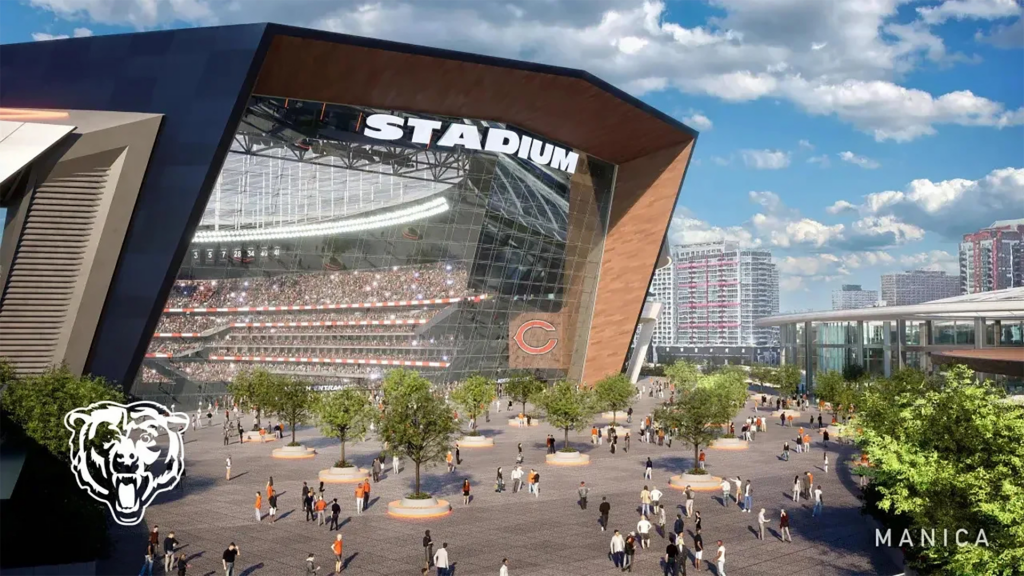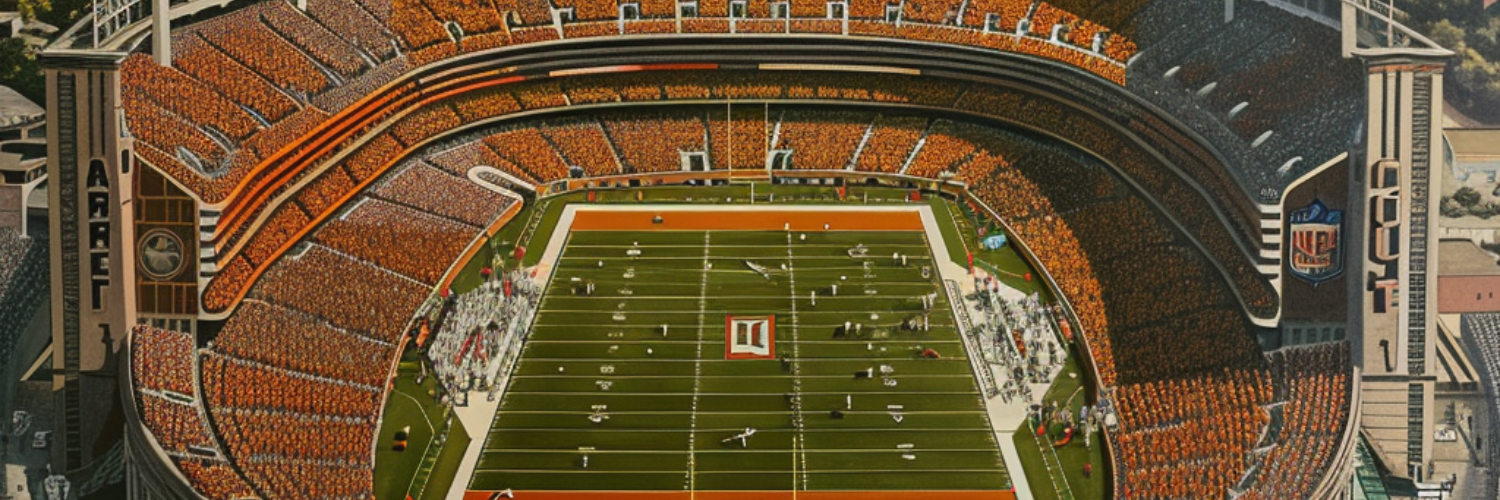NFL Stadium Financing: Why Are NFL Stadiums Named After Companies?
When it comes to financing NFL stadiums, the process isn’t just about securing funds. It’s about navigating a complex landscape where corporate sponsorship plays a pivotal role. This article delves into why are NFL stadiums named after companies and the strategic considerations behind such arrangements.
“Why Are Stadiums Named After Companies?”
A common trend in stadium financing involves selling naming rights to corporations. This standard practice not only generates substantial revenue for teams but also provides corporations with extensive brand exposure. The evolution of corporate-named stadiums reflects the growing commercialization of professional sports.
NFL stadiums are often located in the heart of urban centers, making them prime real estate for companies seeking more than just advertising space.

NFL Stadium Financing Explained
Public Funding
Public funding is one common aspect of NFL stadium financing, often sourced through bonds, taxes, or direct appropriations. The rationale behind public financing lies in the potential benefits to the local community, such as increased job opportunities and tourism.
Proponents argue that the economic stimulus generated justifies the use of taxpayer money, while critics question the prioritization of private entertainment over essential public services, sparking ongoing debates across cities and states.
Many stadiums exist today funded from state and hotel taxes along with state bonds. Sofi was backed with close to $750 million in public funds while Highmark Stadium took a massive $850 million to fund its construction.

Private Funding
NFL teams also contribute significantly to stadium financing through private means. This may include owner investments, loans, or partnerships with private entities. Private funding allows teams to retain more control over the stadium’s design, revenue streams, and operations.
It’s not uncommon for team owners to secure loans or leverage personal wealth to facilitate stadium construction. Additionally, partnerships with private corporations, including real estate developers, can play a crucial role in securing the necessary capital for these large-scale projects.
The Ford Field, home of the Detroit Lions, was funded entirely by then owner, William Clay Jr., back in 2002 for several hundred millions.
A staggering 70% of NFL stadiums built in the past 20 years have received public funding, with an average public contribution of $500 million.
READ MORE: DO NFL OWNERS OWN THE STADIUMS?
Economic Impact
The economic impact of new NFL stadiums is a topic of heated discussion. Proponents argue that the construction of new stadiums has a positive impact on local economies. They cite increased job opportunities, tourism, and local business development as key benefits. However, research suggests that the economic benefits may be overstated.
Critics point out that funds allocated for stadium construction might be more effectively used in other local projects, leading to a nuanced debate on the true economic value of these sports infrastructure investments.
It’s also worth noting that the average lifespan of a stadium is roughly 3o years with 46 major league stadiums built in the 90s set to turn thirty by 2030. The short life span of stadiums calls into question the “true” economic impact on local communities.
Cost Overruns
Stadium projects are notorious for exceeding initial cost estimates, leading to concerns and controversies. Cost overruns can strain public resources and lead to public dissatisfaction. Factors contributing to cost overruns, including unforeseen construction challenges, changes in design specifications, and the complexity of large-scale projects.
Transparency in the budgeting process and adherence to realistic financial projections are essential to mitigate these challenges and maintain public trust.

